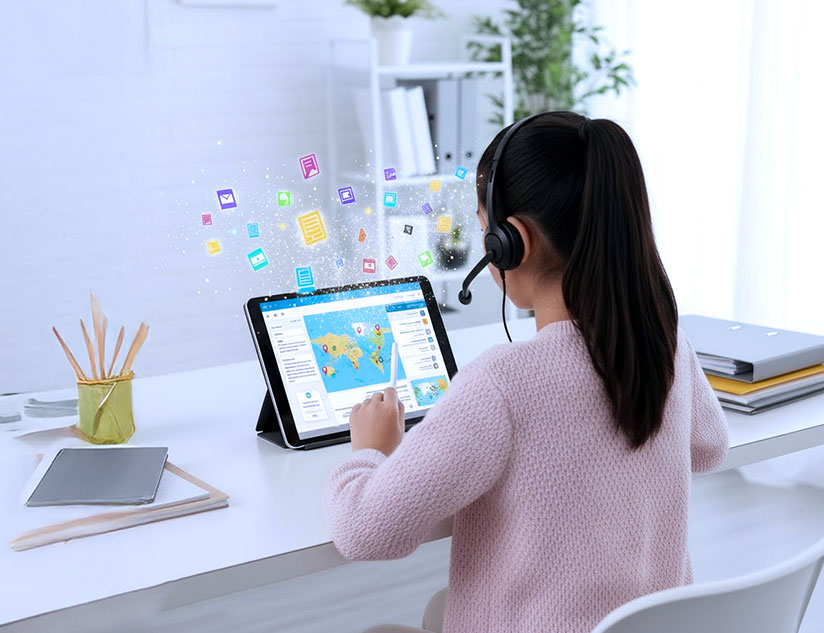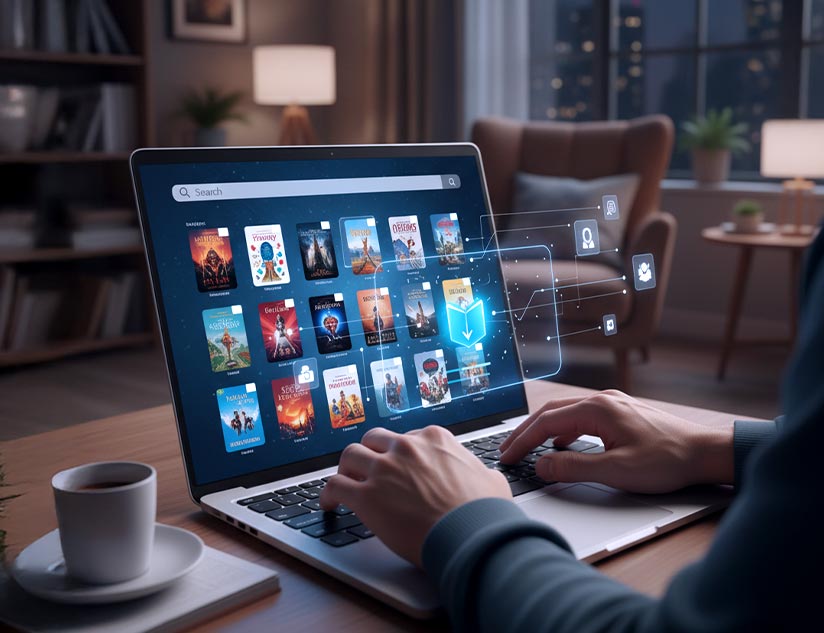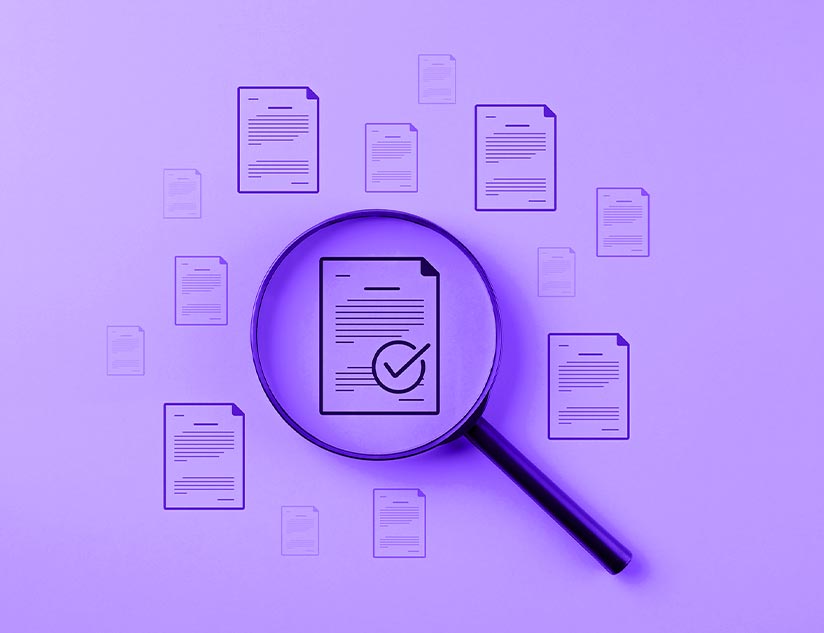The world has been moving towards online learning for quite some time now. In fact, the global eLearning market was already worth an incredible $171 billion in 2019. But the slow shift transformed into a sudden global transition with the coronavirus pandemic. Suddenly, around a billion students and educators found themselves amidst a worldwide edTech revolution.
The digital shift helped overcome the problem of providing education remotely. Students could learn from the safety of their homes, and educators could provide lessons without risking exposure to COVID-19. But this sudden change also brought along certain difficulties.
Here’s a look at the key challenges and the solutions that worked.
Lack of Home Internet Access
“We know that there is a serious gap between what official government statistics tell us about broadband availability and the actual experience on the ground,” said Professor and Quello Center Director Johannes M. Bauer, Ph.D.
In fact, a major portion of the households in the United States do not have high-speed broadband connectivity. Reliable internet connections are especially difficult to find in low-income households. This lack of widespread access to reliable internet became quite clear during the pandemic. Also, it was found that around 40% of the students from low-income families were getting access to online lessons just once a week or less, while 83% of the children from high-income households had access to online learning every day.
The Solution
Providing internet access to all would be the obvious solution to this problem. But such a large-scale effort could take a long time. A faster solution would be to provide offline learning material as well to students. With an offline eReader, students can download all the material they need whenever they have internet connectivity and then access it at their own convenience.
Passive Students
It is no secret that teachers are finding it difficult at times to hold the attention of students in the virtual classroom. This is especially true for those who have simply taken their traditional teaching method online. The remoteness and online nature of this method means that it is easy for students to get distracted. Plus, there might be other people at home, which can make concentrating a difficult task. This considerably reduces the efficiency of online learning.
The Solution
To hold the attention of students, virtual learning needs to be incredibly engaging. For this, a robust digital platform that can take learning materials from all-text to integrating interactive elements such as audio, video, gaming and more. This can make learning much more attractive and effective for students. In fact, 67% of the students find courses with gamification elements more motivating than traditional lessons.
Staying Connected with Students
In online classrooms, a disconnect can build between the teachers and the students. Learning can become completely asynchronous. This can make it difficult for educators to know if the students are involved in the learning process. They might not even be able to judge if there are learning gaps.
The Solution
For this, there needs to be regular interaction between the teachers and the students. This can be achieved through discussion forums and message boards. On these forums, teachers can give questions to the students and monitor the answers provided by the students. They can even interact with individual students. Video assessments is another great tool that can be helpful in this case. Educators can provide pointed feedback through videos and time-stamped comments, improving the feedback loop.
Digital Literacy
There are plenty of students as well as teachers who can have trouble navigating the digital tools effectively. They might have trouble properly using even MS Word or PowerPoint. The issue is more prevalent among younger students and older educators. However, digital literacy is the basis of online teaching and learning.
The Solution
For this, students can be provided a basic computer literacy course. Teachers can also help and guide students to effectively learn from online lessons. As for educators, it is first important to choose EdTech tools that are user-friendly and intuitive, requiring minimal effort from the teachers. Additionally, teachers can be offered basic training in using the various tools and features to ease their work.
The digital shift brings great opportunities with it. But it also required the right tools. This is where MagicBox™ can be of huge help. The award-winning digital learning platform comes with cutting edge features to ease teaching and learning while providing all the resources to make education accessible, inclusive, and engaging. To learn more about MagicBox™, contact us today.















